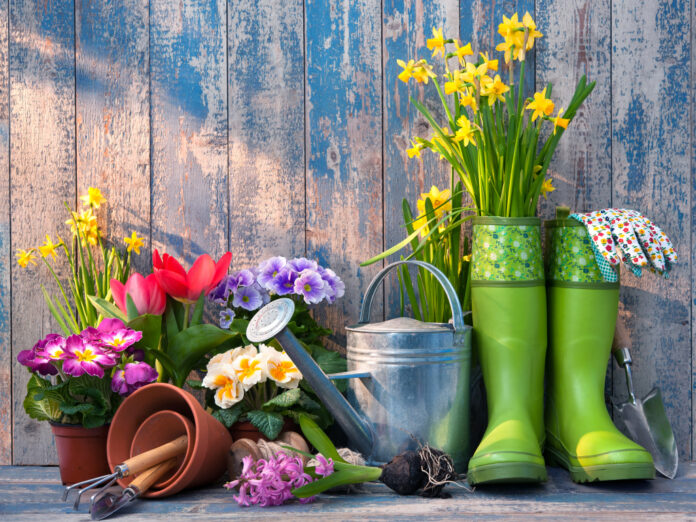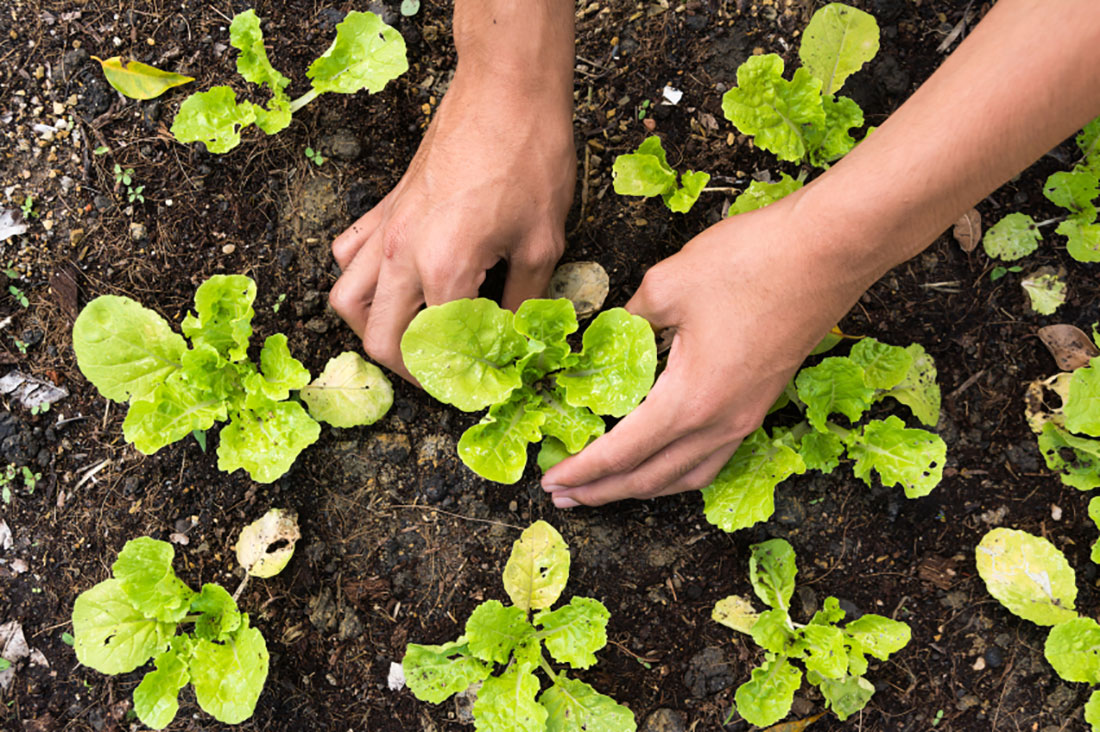Starting your garden project is one of the most rewarding things you can do. Whether you want to start an organic vegetable garden or plant beautiful flowers or both is a great way to benefit by getting your hands a little dirty. However, if you are new to gardening, it can be challenging and a bit confusing on where to start. It doesn’t have to be too complicated – when you break your project down into easily manageable steps, you can adapt to gardening at your pace. Soon, your efforts will be rewarded with beautiful views, colorful blooms, and delicious flavors.
Follow these simple steps to start your garden idea from scratch and ensure your efforts pay off.
1. Consider what you want to plant.
Do you want to plant a herb garden, a vegetable garden, or a flower garden? If you choose to grow herbs and vegetables for the benefits and contribution to your dinner table, ensure that you choose ones that your family will eat or are willing to try. Suppose you want to plant flowers for their color, fragrance, and flair. Decide whether you want annuals flowers that will bloom most of the summer season but need to be replanted every spring or perennials that usually have a shorter bloom time but return year after year.
Every choice you make or even a combination will create a stunning garden but will have different maintenance requirements. You can start small with one so that you are not overwhelmed, and then you can slowly add other plants until you know what you are getting into.
2. Pick the right spot
Most flowers and vegetables need at least 6 to 8 hours of sunshine every day. So you should check your yard every day and see which spots receive full sunlight every day. Don’t worry if your yard is usually shady. You will not be able to grow tomatoes in the shade, but plants such as outdoor ferns and hostas would thrive in the shade. This step is essential because, for your plants to thrive, they need sunshine. You can check the plant tags or ask the local garden center staff to help you determine how much sun a plant needs.
You should also ensure the spot you want for your garden is flat. It can be challenging, time-consuming, and expensive, trying to start a garden in a sloppy area. Check for windbreaks like your house or your neighbors; this will keep your plants protected from strong winds. It would also be great if you plant your garden with enough water access so that you won’t have to drag a hose the entire yard.
3. Clear the ground
Get rid of all the sod covering the area you want to plant. If you are looking for quick results, cut it out. You can slice the sod with a spade and cut it into sections to make it easier to remove the add it to your compost pile to decompose.
It’s also easier to smother the grass with newspaper, but it will take longer. Cover your garden with five sheets of paper, and you should double that amount if you have St Augustine’s grass or Bermuda grass. Spread a 3-inch layer of compost or a combination of topsoil and potting soil on the newspaper and wait. It will take around four months for the compost and newspaper to decompose. But by the next season, you will have a bed ready to plant with no grass or weeds plus plenty of rich soil.
4. Improve the soil
The more fertile your soil, the better because your plants will grow and thrive. Residential soil always needs some boost, especially in new construction where the topsoil may have been stripped off. Your soil may be too wet, infertile, too acidic, or alkaline; the best way to treat it is by adding organic matter. They could be decaying leaves, grass, or manure. If you are not digging and dealing with an established bed, leave the manure on the surface to eventually rot and mix with soil.
5. Work the soil
Working the soil is essential to preparing the new beds for planting or sowing because it will allow the roots to penetrate the soil more easily to access nutrients and water. There are two methods you can use, tilling or digging.
Tilling consists of working the soil with a mechanical device like a rototiller. It’s an excellent method to use if you are planning to incorporate large areas. However, ensure you don’t do it excessively as it can disturb micro-organisms, and doing it when the soil is too wet or too dry can damage the soil structure.
Digging, on the other hand, is best for preparing small beds. Ensure that you dig when the soil is moist enough, and you can make a ball with your palm or dry enough that it falls apart when you drop it.
6. Choose your plants
Choose plants that are adapted to your soil and climate. Here are a few choices;
- Annuals – sunflowers, cosmos, geraniums zinnias, calendula, impatiens, and marigolds
- Perennials – daylilies, black-eyed-Susans, phlox, purple coneflowers, lamb’s ears, pansies, and Russian sage
- Vegetables – lettuce, cucumbers, tomatoes, and peppers
7. Start planting
Some plants like kale and pansies can tolerate cold; you can plant them in autumn or late winter. Most annual flowers and tomatoes will thrive better in warmer temperatures, so don’t plant them until the danger of frost has passed from your area. Perennials are best planted in mid-spring and mid-autumn.
Plants such as sunflower and lettuce are easy to grow from the seeds directly to the garden. Ensure you read about planting time, spacing, and depth on the seed’s packet. You can also buy young plants called transplants or set plants. Dig holes in your prepared garden, remove plants from the containers based on the instructions, and put them in the gaps. Pat the soil in place around the roots and then water the garden.
To learn how to take care of your plants and garden, you can read more at gardeninginfo-online.com.




















